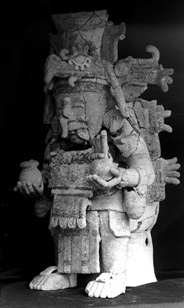Pottery incense burner from a shrine at Mayapan depicting the rain god Chac. The Maya
god carries a small bowl in one hand and a ball of flaming incense in the other. Ht
54.6 cm (21.5 in).
Click on image for full size
the Peabody Museum, Harvard University, Cambridge, MA.
Xib Chac
Xib Chac was the
rain god according to the Mayan pantheon.
The rain god was a benevolent deity, and was depicted with
different colors. Numerous sacrifices were offered to the
rain god. During the religious ceremonies, the priest was
assisted by four old men, called Chacs in honor of Xib Chac.
The four assistants would hold the arms and
legs of the victim, while the chest was slashed by another
individual who bore the title of Nacom. Human sacrifices were
performed on prisoners, slaves, and unfortunately, on children.
An important part of the ceremony was related to the prophecies
disclosed by another religious functionary, named Chilam. This
individual, a sort of visionary shaman, would reveal, while in
a state of trance, the messages sent by the gods to be interpreted
by the priests.
You might also be interested in:

Rain is precipitation that falls to the Earth in drops of 5mm or greater in diameter according to the US National Weather Service. Virga is rain that evaporates before reaching the ground. Raindrops form
...more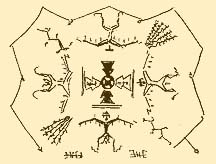
Ahsonnutli was the sky father and chief deity of the Navajo Indians. He created heaven, Earth, and the sky. Each of the four cardinal directions was supported by a giant. Each direction was also associated
...more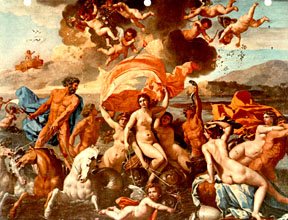
Amphitrite was one of the fifty Nereids, the attendants of the sea-god Poseidon. Poseidon (Neptune) had fallen in love with Amphitrite after seeing her dancing on the island of Naxos. Amphitrite rejected
...more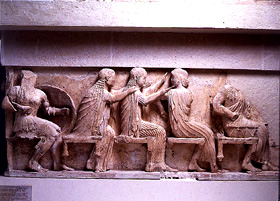
Aphrodite was the Greek goddess of love and beauty. She was known to the Romans as Venus. There were actually two different Aphrodites, one was the daughter of Uranus, the other the daughter of Zeus and
...more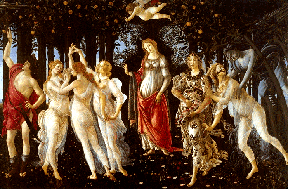
In Greek mythology, Apollo was the son of Jupiter(in Greek Zeus) and Leto (Letona). He was the god of the Sun, logic, and reason, and was also a fine musician and healer. Leto travelled all over Greece
...more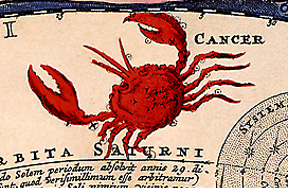
According to an ancient Greek legend, the figure of a gigantic crab was placed in the nighttime sky by the goddess Hera to form the constellation Cancer. Hera was the jealous wife of the sky god, Zeus.
...more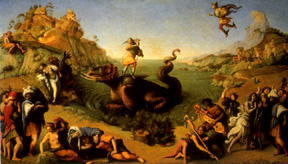
In the Northern Hemisphere sky is the constellation Cepheus, king of Ethiopia, and that of his wife Cassiopeia. Cassiopeia claimed that she and her daughter Andromeda were more beautiful than the sea nymphs,
...more


